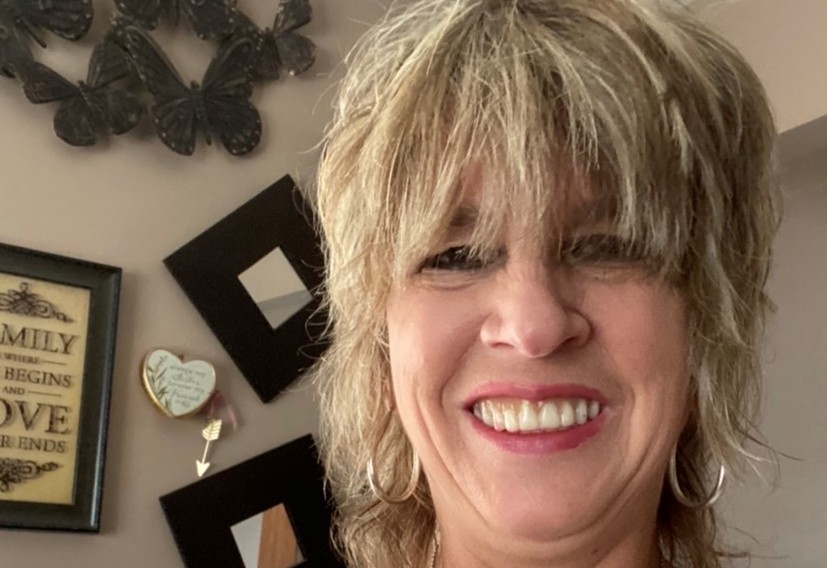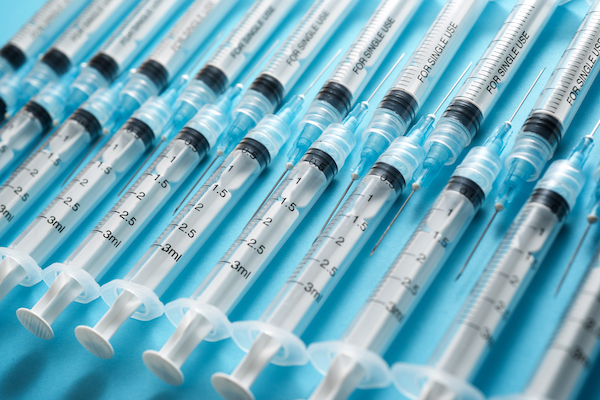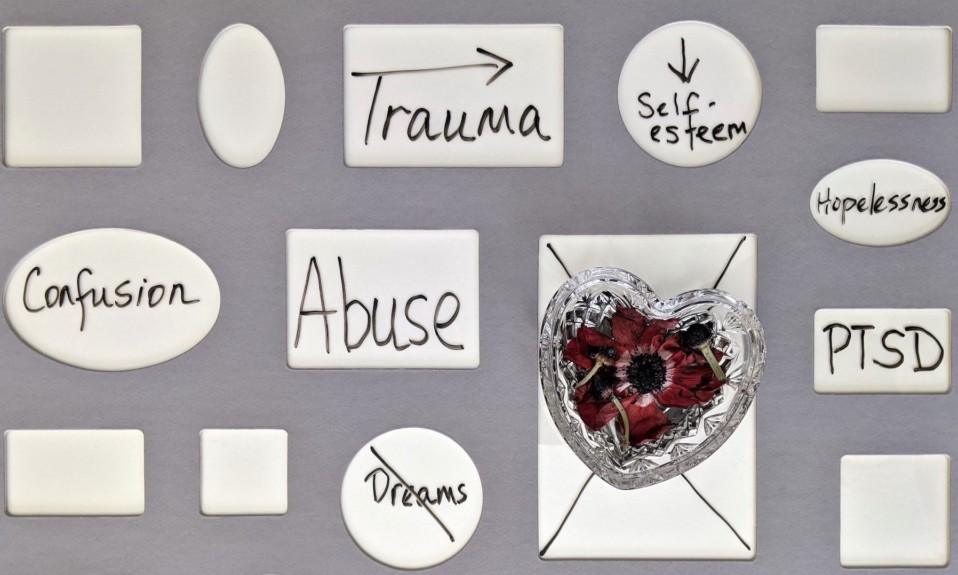The treatment community is bracing for a flood of patients in an after-pandemic world. How can we start to prepare now?
By William Wagner
January 28, 2021When the COVID-19 pandemic finally ends, the work of the addiction treatment community will enter its own crisis level of need.
The Centers for Disease Control and Prevention (CDC) recently reported that there were 81,230 overdose deaths from May 2019 to May 2020, a record number for a one-year span. Part of that period overlapped with the onset of the pandemic in March 2020. It’s a clear indicator of what’s in store when COVID abates: an addiction-care tsunami.
“I agree [with that assessment],” says Roueen Rafeyan, M.D., DFAPA, FASAM, chief medical officer of the Gateway Foundation, an addiction treatment nonprofit headquartered in Chicago. “Definitely, we’re going to see more [addiction-related cases], as the statistics show. Addiction is a disease of isolation, and what have we all been doing? Isolating.
“But it’s not just the isolation part—it’s also the worry part, the loss of jobs, relationship problems, financial difficulties. They all compound.”
Addiction is a disease of isolation, and what have we all been doing? Isolating.”—Roueen Rafeyan, M.D., DFAPA, FASAM, chief medical officer, Gateway Foundation
According to numerous studies, there have been increases in the use of virtually every addictive substance during the pandemic, from alcohol to marijuana to opioids to stimulants. In an interview late in 2020 with TreatmentMagazine.com, Michael Zvolensky, Ph.D., director of the University of Houston’s Anxiety and Health Research Laboratory/Substance Use Treatment Clinic, said: “Some people might have already been struggling with mental health problems. For that certain subgroup, COVID probably brought out clinically significant distress. Many people [in the general population] will recover just fine, but a subset won’t. We don’t know the exact percentage, but a subset won’t without intervention or targeted care. It’s not that it can’t be treated, but we’ll have to roll out targeted public health efforts to address this need.”
Zvolensky is among the many treatment professionals who already are thinking about what is coming and what must be done to prepare.
Here are some of the key steps to meeting the oncoming need for addiction and treatment:
Expand Access to Addiction Treatment
What we’re really talking about here is providing access to everyone. And by that measure, Rafeyan believes there’s a shortage of addiction treatment services. “If you research addiction treatment, yeah, you have a lot of high-end [programs for which patients pay out of pocket],” he says. “But most of us don’t have $60,000 sitting on the side to go into treatment at [those facilities]. Keep in mind, if you’ve lost your job, you don’t have insurance. It’s about creating more treatment opportunities.”
This, of course, takes money, and addiction treatment has drawn the short end of the stick in governmental COVID relief efforts so far. Of the $900 billion allotted to COVID relief in the Consolidated Appropriations Act, 2021 that was passed in December, about $4.25 billion went to treating mental health and substance use disorders. While that’s perhaps the largest sum ever designated for behavioral health in a single spending bill, healthcare advocates contend that it’s not enough to meet the needs of this unprecedented moment in history.
“It’s too small given the crisis we’re seeing across the country, but it’s something we can at least build on,” Paul Gionfriddo, president of the advocacy group Mental Health America, said in The Washington Post. “I think the biggest worry for mental health is how much worse things are going to get in coming months before they become any better.”
Bottom line? Well, it’s literally about the bottom line. Going forward, more funding is essential so that treatment centers can keep up with the demand. “For example, at Gateway we treat everyone, even someone who doesn’t have insurance,” Rafeyan says. “That’s through grant money. Increasing those grants needs to be considered.”
Communities should start now with evidence-based educational events designed to reduce stigma surrounding SUD and encourage people to seek help.”—Nzinga Harrison, M.D., chief medical officer, Eleanor Health
Bring Education to the Fore
This is an area where the treatment community can get to work right away. In its report on the record number of overdose deaths, the CDC recommends the following: “Provide messaging to community groups (particularly those providing services to high-risk populations), community leaders, school officials, faith-based leaders, parents, students and others about the changing illicit drug supply and risks for overdose and exposure to highly potent opioids such as illicitly manufactured fentanyl or counterfeit drugs appearing to be legal prescription medications.”
Tackle the Stigma Issue Head On
The stigma surrounding substance misuse was a major problem long, long before the pandemic reared its head, and minimizing its prevalence will be even more critical as the addiction rolls swell.
Education will play a role here, too. “Communities should start now with evidence-based educational events designed to reduce stigma surrounding SUD [substance use disorder] and encourage people to seek help,” says Nzinga Harrison, M.D., chief medical officer of the outpatient addiction and mental health provider Eleanor Health.
Adds Rafeyan, “The stigma is still there. Acknowledging that [the surge in substance misuse] could be a result of what we all have gone through is important.”
Make It Easier to Seek Care
On this front, the CDC has a number of recommendations, such as making the opioid-overdose-reversal drug naloxone more readily available, improving post-overdose response protocols, providing earlier interventions and diverting low-level drug offenders from prisons to treatment settings. “[The] provisional fatal overdose data, coupled with the known disruption to public health, healthcare, and social services as a result of the COVID-19 pandemic and related mitigation measures, highlight the need for essential services to remain accessible for those most at risk of overdose and the need to expand prevention and response activities,” states the CDC’s report.
Harrison sees it this way: “We have to remove barriers to accessing SUD and other mental health support, including helping people understand when, where and how to get help. [Also important is] removing regulatory barriers such as first appointment required in person or limiting the number of patients a provider can prescribe [the opioid medication] Suboxone for, and removing barriers that reduce the ability to access care virtually.”
Unless we start showing people who use drugs that their lives matter, we will continue to see deaths and despair rise.”—Nzinga Harrison
Show Compassion
Compassion is the key to the whole deal for Harrison, pandemic or no pandemic. “This should go first [on the list],” she says. “Unless we start showing people who use drugs that their lives matter, we will continue to see deaths and despair rise.”
And we’ve already seen far too much death and despair over the past year.














